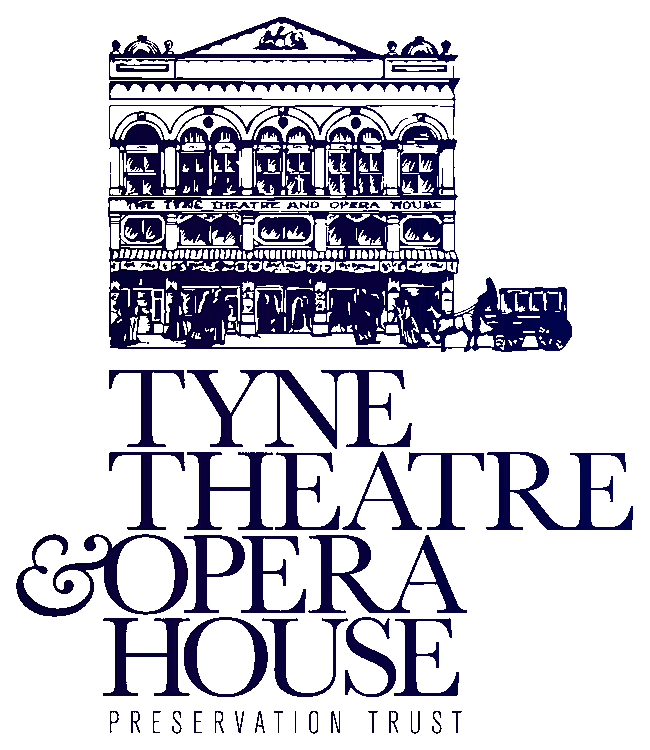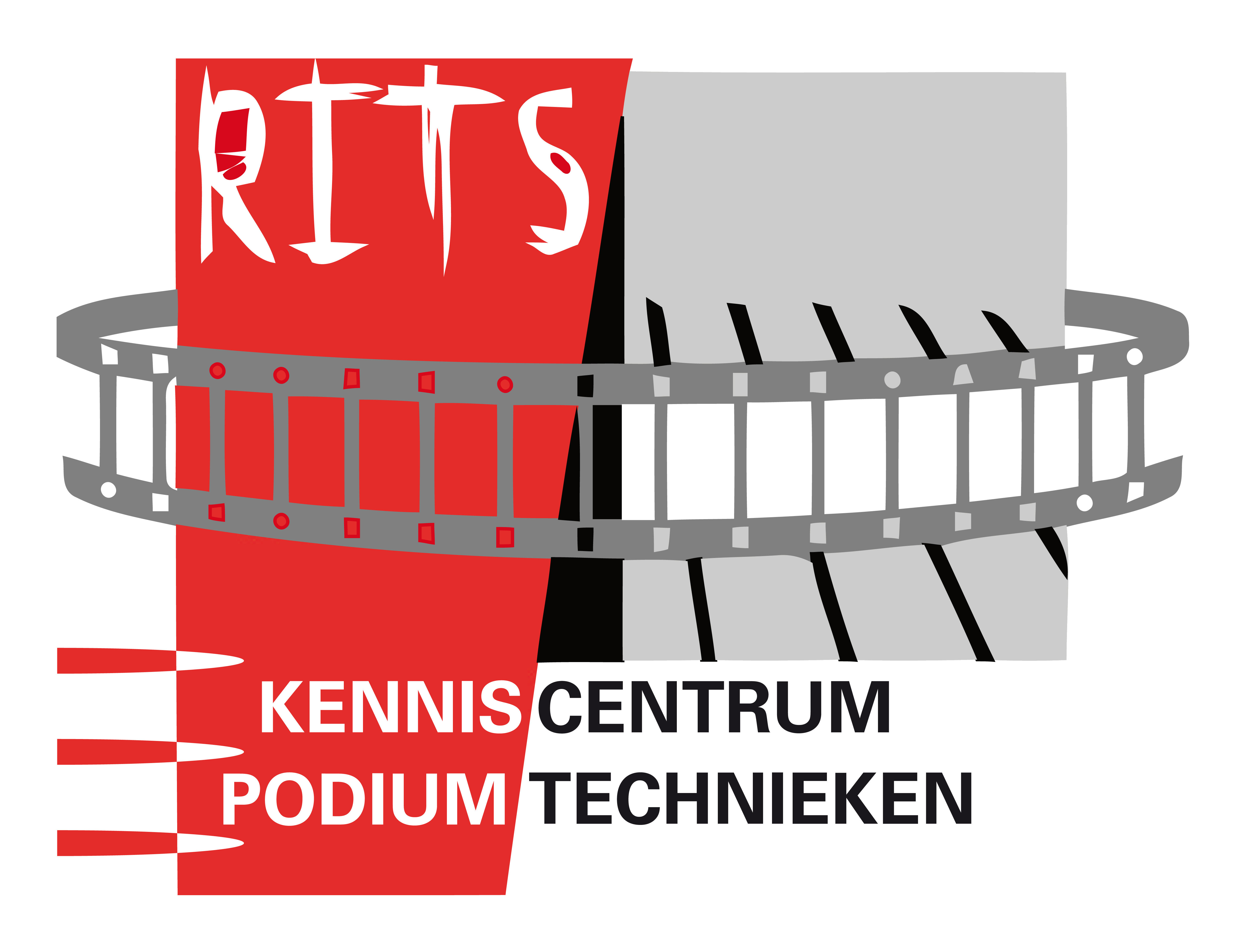Name: Chris Abbott
Country: United Kingdom
Organization: King’s College London
Title of Paper: Reviving routines: tricks, traps and transformations in British pantomime
Description: In traditional pantomime, the SL trap is essential for the appearance of the malevolent agent, and other traps in the stage floor and flats are essential for scenes such as the Haunted Bedroom in Cinderella or the “going through the mangle” scene in Aladdin. A project currently in the planning stage aims to bring together the written details of routines from the 1940s and earlier, as published in Putting on Panto to pay for the Pinter (Abbott, 2012) with drama students, scenographer and a suitable theatre, in order to recreate and record some of these routines.
Name: Jiří Bláha
Country: Czech Republic
Organization: Foundation of Baroque Theatre of Český Krumlov Castle
Title of Paper: Machinery of the palace theatre in Český Krumlov, CZ (1766) and its restoration and present use.
Description: The Palace theatre in Český Krumlov (1766) is used for guided visits, but experimental productions using original machinery are occasionally held as well. In the 1980s, the basic conception was fixed: the theatre as “functional museum”, where the original functions can be studied and occasionally shown in which the stage machinery plays its part in unique performances in spirit of 18th century.
Name: Idan Braslavi
Country: Israel
Organization: Braslavi Architects Ltd.
Title of Paper: A Disappearing Act: Theatre Preservation through Stage Technology
Description: “The Tel-Aviv Culture Palace, the residence of the Israeli Philharmonic Orchestra, had become acoustically and technically limiting over the years. It was decided that the hall will receive a complete refurbishment, and modern stage machinery.
The old pyramid array, comprising the hall’s ceiling, blocked excess to the new stage machinery needed. But the hall, a National Heritage Building, could not be altered.
To resolve this impossibility a new approach had to be taken – A disappearing ceiling.
This is the development of a retracting, and deploying ceiling, allowing the stage machinery to be used, while preserving the hall’s original look and atmosphere.”
Name: Reinhold Daberto
Country: Germany
Organization: Daberto + Kollegen Planungsgesellschaft: Theater Projekte
Title of Paper: Is Baroque stage machinery insufficient for contemporary scenery?
Description: What are the typical movements which could be performed with baroque machineries and have these movements changed in contemporary set changes? Have modern machineries lost achievements, which the baroque era already had developed?
Country: Sweden
Organization: Arena Theater Institute Foundation & Perspectiv & Swedish Theatre Technicians Union
Title of Paper: The Sounds of Wood and Canvas in the Theatres of Wood and Canvas
Country: Belgium
Organization:Ghent University/Vrije Universiteit Brussel
Title of Paper: Lost, but Partially Recovered: The Original Stock Sets of the Bourla
Description: Compiled in the early 20th century and currently held at the Felixarchief (Antwerp), the “Indicateurs des décors de répertoire” document the use of +3,000 flats, drops, and props in 134 operas and operettas at the Théâtre Royal (Bourla) in Antwerp. Several photographs and plans represent the 1834 stock sets of Philastre and Cambon, thus providing unique glimpses of the painted canvas and wood that originally rolled and flew from the Bourla’s magnificent machinery.
Country: United Kingdom
Title of Paper: Raked Stages in the UK
Description: I will draw on 9 case studies to illustrate a talk about how we in the UK are working with rakes. I will include a theatre that has lost character by removal of the rake contrasted with one that has not; a theatre that has had its rake adapted (rake-on-rake or as a result of subsidence) and how that might be reinstated; on theatres that have adjustable rakes and why these are not being embraced by theatre practitioners in the UK; and of course the contention of theatres that no longer want a raked stage (largely for practical reasons) and what the implications on sightlines would be as a consequence.
Name: Dominique Lauvernier
Country: France
Organization: Ecole Pratique des Hautes Etudes (HISTARA), Paris & Caen University
Title of Paper: The primitive baroque machinery : historical background and proposals for inducing on preserved stages new forms of creating a theater of performing objects.
Description: The preserved machineries were built in the last thirty years of the 18th century, and most of them in the 19th century, when the european stage machinery became simplified and normalized; same for the preserved painted props. Never the machinery has been studied on a comprehensive level for its first century, the 17th; very few studies have been published on the painted stage decoration as artefacts and archeological remains. In order to feed a new way of reusing the machinery, we present a short state of the art about our knowledge/ignorance of the animated devices and props, and conclude with a few prospects that may enhance by older effects the preserved “late” machineries. Ludic and inventive, the baroque stage, by the means of its quick efficiency, its quality of a sign, decreasing the realistic aspect, is far more modern, and becomes a kind of theater of performing objects, an automaton, and even a character by himself.
Name: Jean-Guy Lecat
Country: France
Organization: theatrEurope vzw
Title of Paper: Boat Technologies Used in Theatre in the Past are Still Alive
Description: Last year I have to do a set for the opera ‘Guillaume Tell’, which is a challenge for any set designer as the story needs: a village, a lake with a boat, a house in montages, a castle in montage that had to burn and a happy end with what is considered in Suisse land a revolution. I suggested to the director to make that opera in a traditional 17th century set. All sets are paints in “trompe l’oeuil’ and mountains, hills, castles, villages appear in between the structures with machinists who make it working with traditional drum. All the movement are, of course, helped with a modern electronic machinery and this marriage shows there is no difference in principle of the techniques of the past and to day.
Name: Jerome Maeckelbergh
Country: Belgium
Organization: theatrEurope vzw
Title of 1st Paper: Bourla Theatre: renovation versus restoration
Description: This presentation will give reactions on the feasibility study ordered by the City of Antwerp on the renovation of the Bourla theatre. Pointing out the weaknesses of the study, specifically on the pretended ameliorations of sight lines and pretended upgrade of the auditorium. Also replying to the prejudices of the study on a restoration option of the heritage theatre machinery. Besides proposing alternatives for the residing company Het Toneelhuis, it will also look at possibilities of specific programming for a Bourla theatre with restored and active heritage theatre machinery. The presentation wants to make clear to the Municipality and the residing company that a restored Bourla theatre is far from being condemned to a pure museum function but on the contrary can be a living and contemporary performance space that takes full advantage of its uniqueness in the world.
Title of 2nd Paper: Heritage Theatre Machinery: unexpected possibilities
Description: On the hand of a scale model, in the first part of this presentation, solutions will be shown for companies who have complaints and problems to play or make a production on a raked floor. A second part of this presentation will demonstrate unexpected possibilities of the understage machinery. Mostly, when people talk or think about such historical machinery, they hypothesize it is only possible to make baroque scene changes with it as they know them from the different historical documentations. But an imaginative scenographer can surprise you with the most unexpected use of the miscellaneous opportunities of this neglected machinery.
Name: John Mayberry
Country: Canada
Organization: York University
Title of Paper: Building the Sphinx – A Nineteenth Century Stage Illusion for the Digital Age
Description: I will explore the phenomenon that was observed at our performances of “The Sphinx”, where many people accustomed to seeing all manners of wonders through the “magic” of modern digital technology, were completely confused to learn that our illusion was done without any such thing. There is a very interesting possibility that modern audiences are more receptive to the pleasures of stage effects and tricks that rely on old, ‘creaky” technology precisely because their daily lives are so full of digitally-produced visions of wonder. For the Wood and Canvas Conference, it is not feasible to ship the rather heavy and fragile apparatus to Antwerp, but I will give a presentation on the challenges and joys of puzzling out exactly how to construct the illusion from the existing descriptions and engravings of the original.
Name: Torsten Nobling
Country: Sweden
Title of Paper: An 18th Century Theatre Still Kicking
Organization: Drottninghom Castle Theatre
Name: Martien van Goor
Country: Netherlands
Organization: Greiner, Van Goor, Huijten Architecten BV
Title of Paper: The Endangered Raked Stage
Description: The Koninklijke Schouwburg Theatre in The Hague as an example. In 1802, prominent citizens of The Hague rented a palace and transformed it into a theatre. Following a fire, the theatre was rebuilt in 1911 by the Viennese architects Fellner and Helmer. In 1929, a fly tower was added to the theatre. Between 1997 and 1999, the architect Charles Vandenhoven carried out a major renovation of the theatre. The raked stage was made completely horizontal and a turntable was installed, thus increasing its height. In 2012, our office was asked to look into whether adaptations to the auditorium could solve the sightline problems that resulted from the previous renovation.
Name: Cornelis (Casey) van Sebille
Country: Australia
Organization: Adelaide College of the Arts
Title of Paper: Audience operated wooden machinery in contemporary pop-up context
Description: The revitalisation of flexible wooden stage machinery may be served by locating power and control in the hands of the audience as a narrative engaging experience. The Voyage is an illustrative case study. The Voyage is a stand-alone pop-up theatre design. It uses a purpose designed ephemeral transformative transportable system developed to offer greater agency to authoring producers. The Voyage project integrates 19th C wooden stage machinery, canvas bellows, rocking motion seating, raising a mirror ceiling, a rolling floor cloth , door opening, and a performance space floor cloth.
Name: David Wilmore
Country: United Kingdom
Organization: Theatresearch
Title of Paper: A Misunderstood Mystery?
Description: Although architects wrote about theatre architecture in the nineteenth century, very little was written by practising stage machinist, much of which has had to be rediscovered by “trial and error” interspersed with inspiration and perspiration. I was fortunate enough to visit the Bourla Theatre in the 1980s and wrote a paper with cowriter John Earl (then Director of The Theatres Trust) entitled “The Bourla – A Candidate For Total Restoration” and I will relish the opportunity to re-visit the whole issue and look back over what has happened in the world of historic stage machinery since my last visit some 30 years ago.
| “Wood and Canvas” is supported by: |
| Conference Business Partner |
| Partnering Organizations |
  |
